How luxury brands are responding to the end of China’s one-child policy
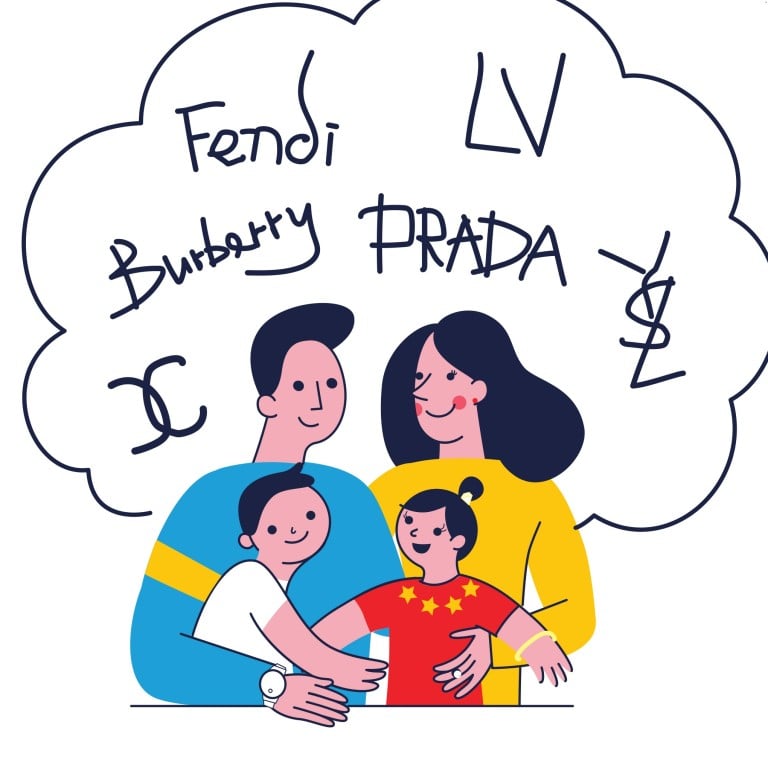
Chinese authorities announced the end of the one-child policy in October 2015, allowing families to have two children. In the summer of 2018, China’s parliament erased “family planning” policies from the new draft Civil Code, indicating that by 2020, the government would relax birth restrictions, ending the family planning policy.

Although it is too early to measure the impact of the policy change on the luxury sector, should brands incorporate these projected game-changing consumer trends into their long-term blueprints?
Analysts are expecting several demographic disruptions. Amrita Banta, managing director of Agility Research & Strategy, tells STYLE that “[ending] the one-child policy will change the consumption habits of the affluent class in China and will have a positive impact on the overall economy”.
Will Chinese luxury shoppers follow Kering’s eco-friendly lead?
First, a higher fertility rate could provide an opportunity for the luxury industry. Bigger families with young children means increased consumer spending and the development of generations of future buyers. Those toddlers and children who grew up in a world of privilege, educated to appreciate opulence, are poised to become luxury consumers.
Second, successful luxury brands are poised to reconfigure their business model according to key opportunities. By embracing niche segments such as baby-care products, toys and games, eco-friendly personal care products for expecting mothers, and children’s apparel, luxury brands can achieve mass market appeal. Banta says that studies conducted by Agility Research & Strategy show that “the birth of a child is a pivotal moment for women, which induces a profound change in the mindset. Luxury purchases become less impulsive and more planned, and brands’ practical aspects (How safe is it? Does it reflect my new image? Is it durable? What impact does it have on the environment?) become more relevant.”
The birth of a child is a pivotal moment for women, which induces a profound change in the mindset
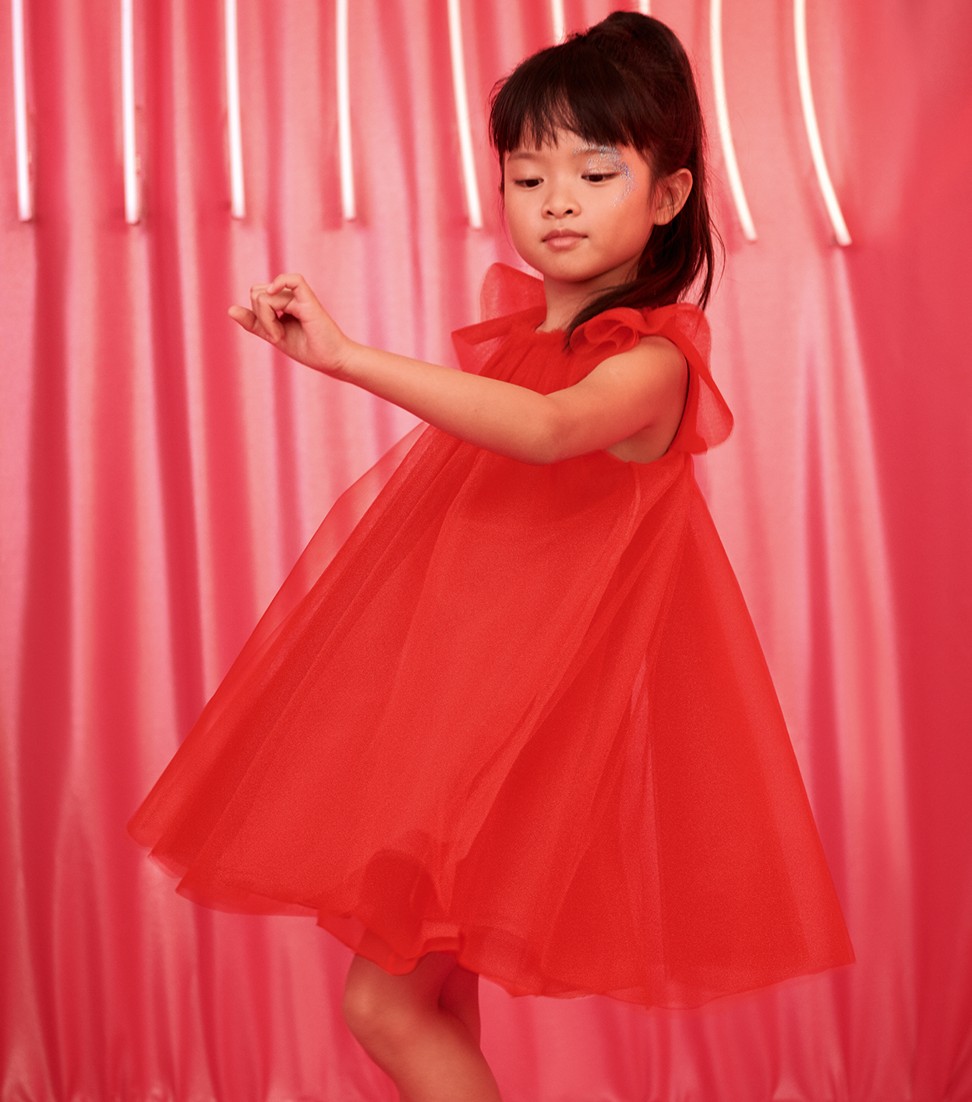
Indeed, as millennial consumers mature and start embracing parenthood, they move from individualism to a family-oriented collectivism. Child expenses are likely to be prioritised to the detriment of impulse buying, and this could incur substantial damage to luxury brands that do not understand their demographic. Undeniably, this adjustment will compromise contrasting niche segments, bringing them negative growth. And Banta points out that “certain luxury industries will benefit more than others” from the changes.
Chinese luxury travellers are seeking pristine environments, says Alila president Mark Edleson
Third, the luxury industry needs to scale down its dependency on the High Earners Not Rich Yet (HENRY) segment.
Despite earning more than the middle class, HENRYs are still not in the super affluent class, so luxury brands should not expect them to sacrifice the comfort of their young family for impulse purchases. On the other hand, they should be targeted for elite travel services and after-school enrichment programmes for their children.
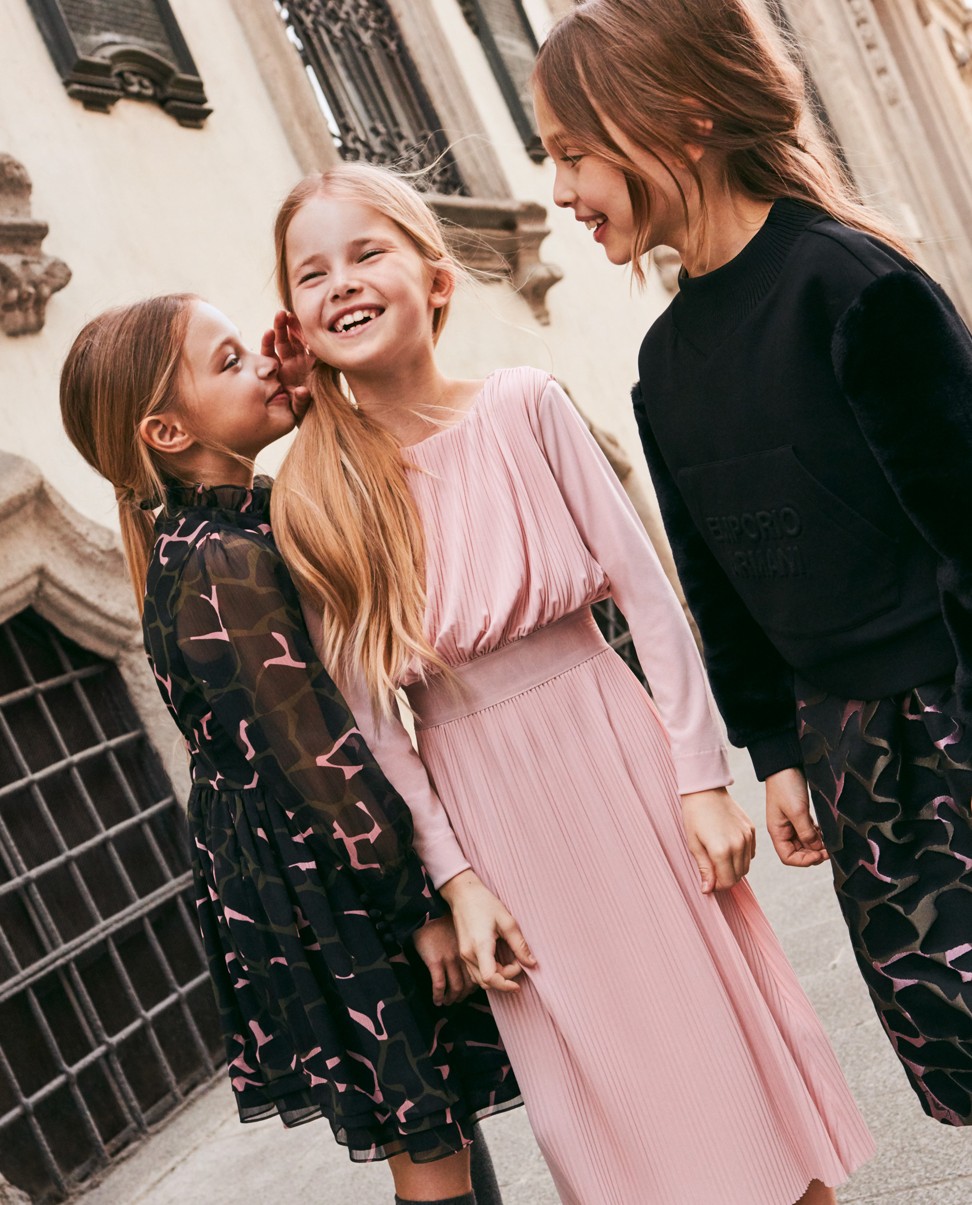
Banta says that Agility Research & Strategy expects “experiential travel to increase with larger families, because travel helps families reconnect and spend time together. Organic and natural industries will also benefit, from natural fibre fashion to organic food, because there is a new awareness of the impact that one’s own purchasing decisions have on the family’s younger members”.
As Chinese family organisations continue to mature, will companies that are mindful of the changing dynamics come up with products that meet customers’ expectations?
Relaxing the one-child policy will change the consumption habits of the affluent class in China
Meanwhile, Andrew Wu, LVMH group president of Greater China, tells STYLE that “the now relaxed family planning or birth control policy in China is aimed at helping population growth in general. But given the reality today, this is not really expected to produce more children in absolute number than past decades under the one-child policy”.
Why luxury streetwear is so popular now
He adds, “In addition, luxury consumption does not concern every young person anyway – it has been and will remain focused on or in connection with a small percentage of the total population. In China, the visibly large number of young consumers may have given an inflated impression of the real percentage.”
Wu is right. Luxury consumption is for high-end consumers, not for the masses. However, China remains a country where the luxury market grew 20 per cent in 2018, according to Bain & Company, a global management consulting firm while the overall global luxury market grew only 5 per cent.
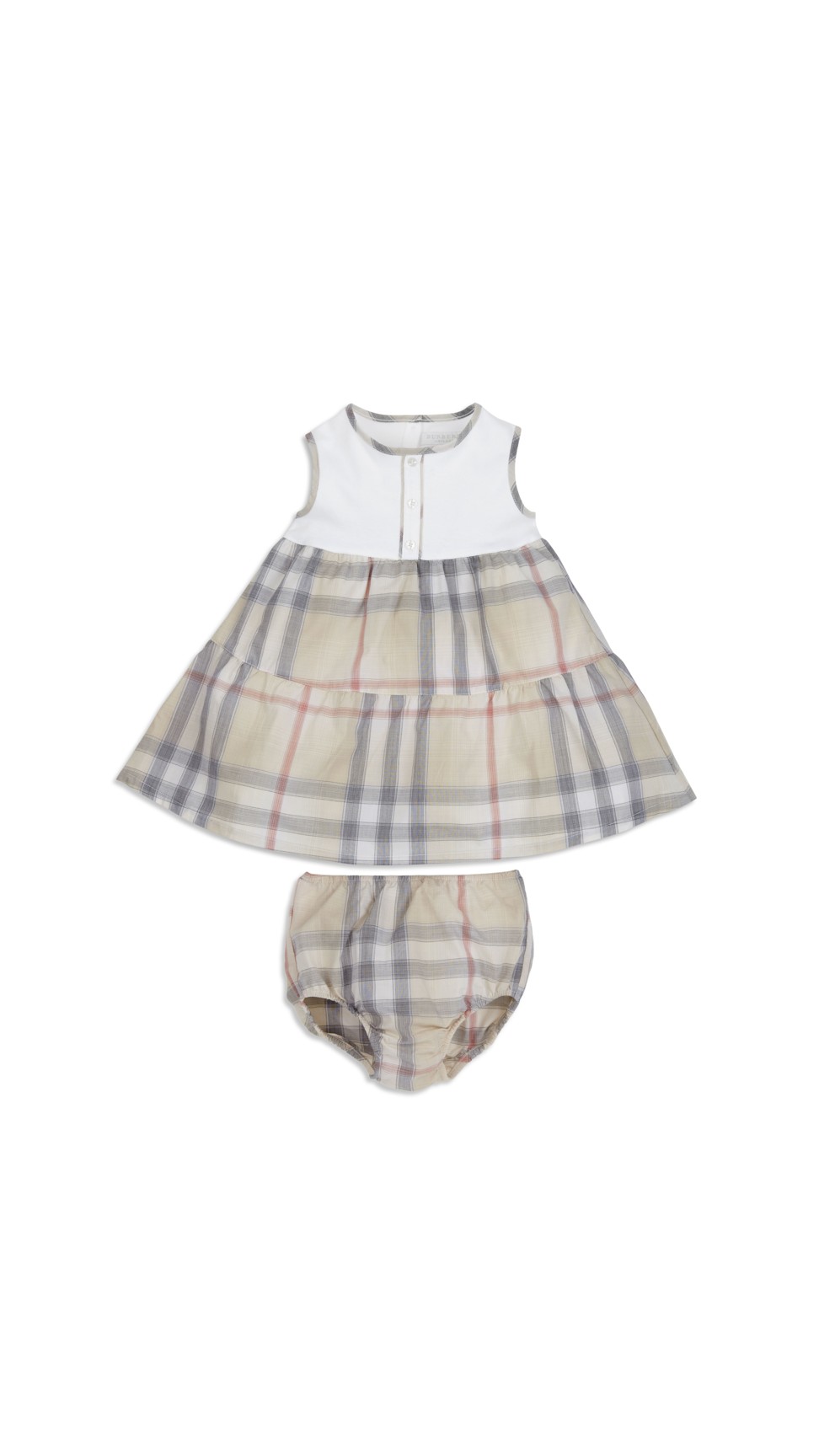
And yet, despite strong interest in China’s fast-growing market, only some luxury players have captured the essence of the new Chinese family, capitalising on these contemporary family dynamics. Strong sales are expected to funnel the mum and baby sectors, and brands like Dolce & Gabbana that embraced the “Mini-Me” dressing hype, Balenciaga Kids with its street smart fashion, or Dior Baby with the wide selection of luxury kidswear, have recognised the market potential.
Market and profitability growth are seen in China’s maternity wear sector, too. According to the China Maternity Goods Market: Industry Trends, Share, Size, Growth, Opportunity and Forecast 2019-2024 report, the maternity segment was worth US$17 billion in 2018, and is expected to hit US$36.1 billion by 2024.
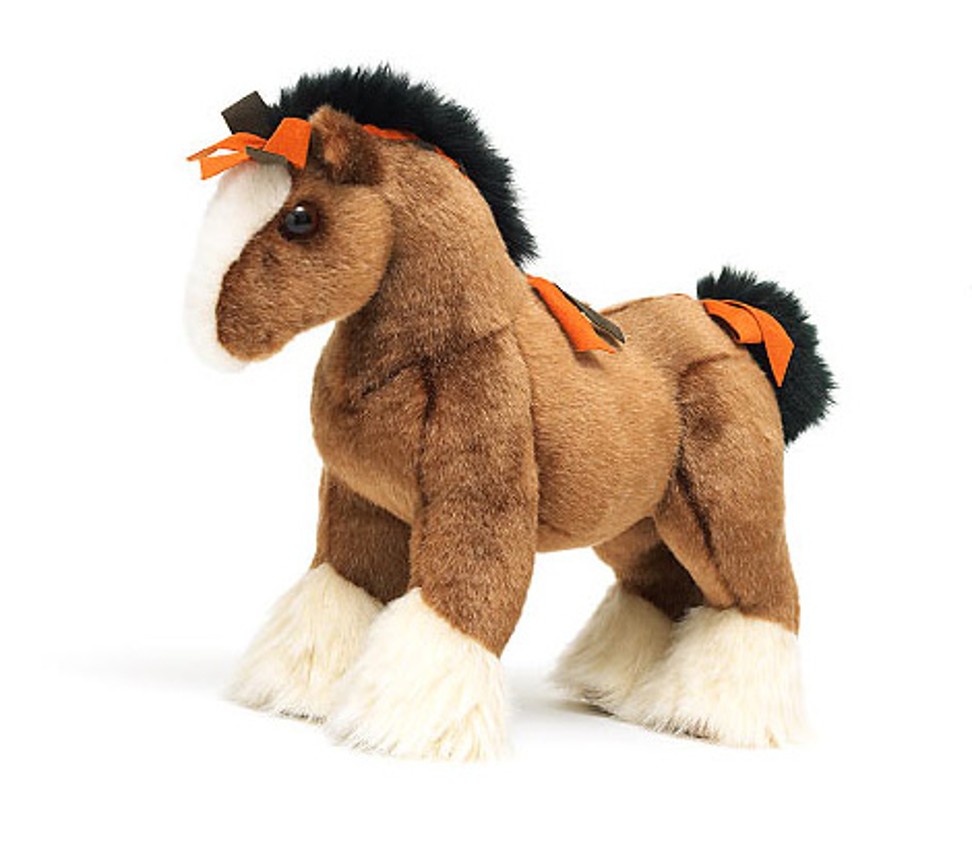
Future Chinese mums could well prefer comfortable garments made of natural materials that are non-toxic and free of synthetic pesticides. The Tot is a quintessential destination for these sustainability-minded mums. While foreign luxury brands try to charm Chinese mothers, the local kids clothing industry is still underdeveloped – a potential for strong revenue growth.
Are Chinese millennials willing to pay more for sustainable goods?
Furthermore, luxury brands should not forget that millennials remain the driving force behind luxury sales growth in China, boosting the development of profitable niche groups. “The youth and fashion relationship in China is particular given the revolutionary transformation of this country. High-end Chinese consumption is now increasingly driven by youth, as 51 per cent of the total population in 2019 are those born since 1980, representing a tipping point for further acceleration of change,” Wu says.

“The so-called post 80s generation is the first to have come from the one-child policy imposed by the government, but their consumer behaviours have been shaped by many other factors, too, including the lack of mentors in consumption and societal disruptions.”
As the millennial consumer settles down and becomes a parent, a new niche group like the “Hot Mamas” emerges. These young mothers are affluent, tech-savvy and intelligent consumers, who live in metropolitan areas and travel abroad.
They are also the force behind the development of new businesses and elite services that cater to the needs of their children. Heritage brands and tech start-ups that embrace China’s new mum economy seem to have gained the upper hand in the luxury market. However, who will have the biggest slice of the China pie remains a significant question yet to be answered.
Want more stories like this? Sign up here. Follow STYLE on Facebook, Instagram, YouTube and Twitter

Companies mindful of the shifting dynamics caused by the end of the one-child policy are taking steps to understand the ways in which consumer trends are likely to change